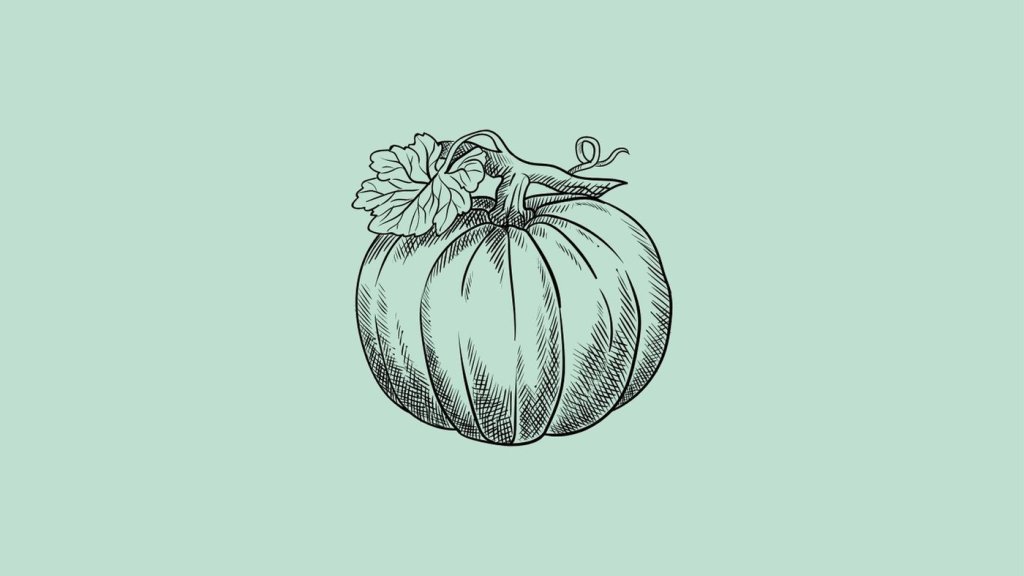The Seminole pumpkin is an heirloom pumpkin and cultivar of Cucurbita moschata. It’s prized for its sweet flavor and hardiness. The butter-squash lookalike fruit, seeds, flowers and leaves are edible. As a native of the Florida Everglades, it is one of the rare fruiting plants that do well in the heat.
Having evolved a very thick rind, this Florida native can be found growing nearly year around. And, if stored correctly, the Seminole pumpkin can last uncut for months, making it a stable and reliable food source.
The Seminole pumpkin has been a part of the Florida landscape since before the arrival of the Spanish in the sixteenth century. It has a similar texture and flavor to butternut squash and has been a staple of native American tribes throughout Florida history.
Although it shares its name with the Seminole Indian tribe, the Seminole pumpkin has been a longtime favorite of many tribes, including the:
What Are You Foraging For Right Now?
We're thrilled to hear your ideas. What would you like to submit today? Feel free to share your thoughts and experiences with us.
- Miccosukee
- Creek
- Calusa
Collectively these tribes are referred to as the Seminole people.
Seminole Pumpkins: The Basics
Seminole pumpkins have a thick, hard, protective rind and soft, orange flesh.
Although wild Seminole pumpkins are now hard to find, they are still widely grown in the gardens of many Floridians.
Because the conditions and growth space for the fruit can vary, so can the shape of the Seminole pumpkin. Many pumpkins, especially those that grow hanging, have a pear shape and resemble butternut squash in appearance and flavor. Others will be round or oblong.
Even the size can be quite variable, with some maturing at 3-4 pounds and others growing to more than 10 pounds.
Compared to more traditional pumpkin varieties, the orange flesh of the Seminole pumpkin is firm and less stringy, making it an excellent choice for baking.
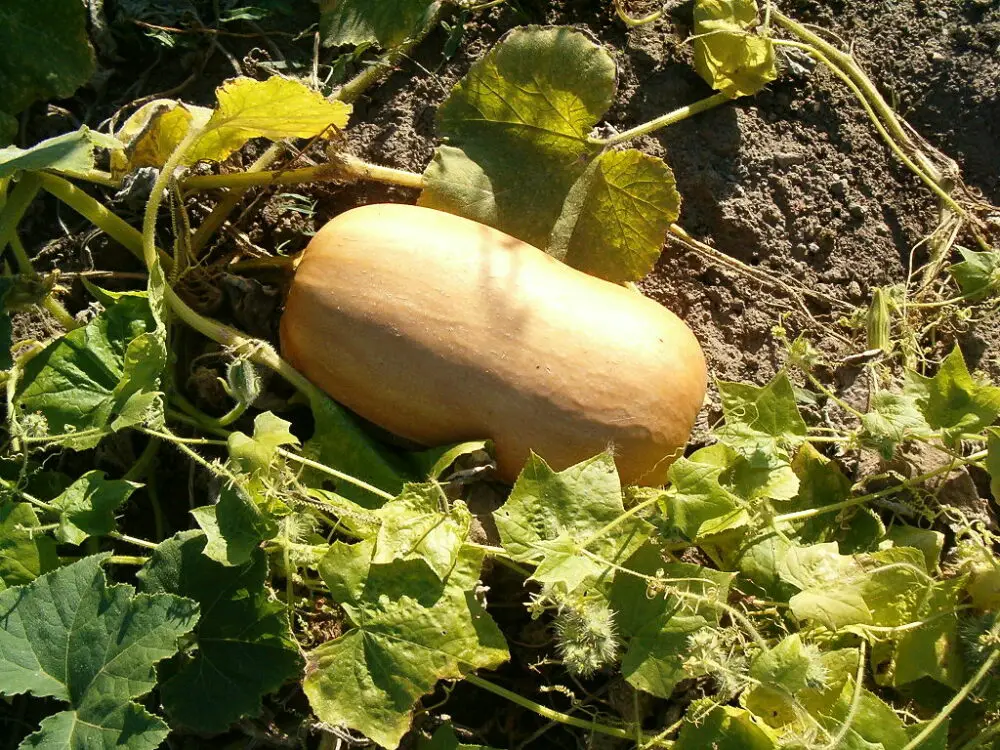
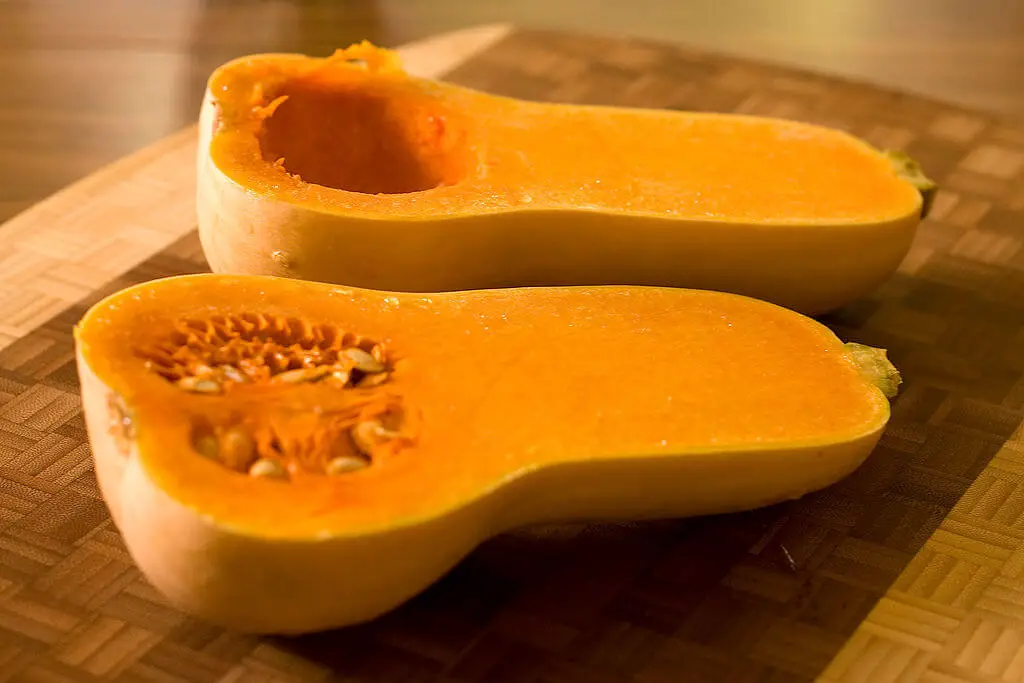
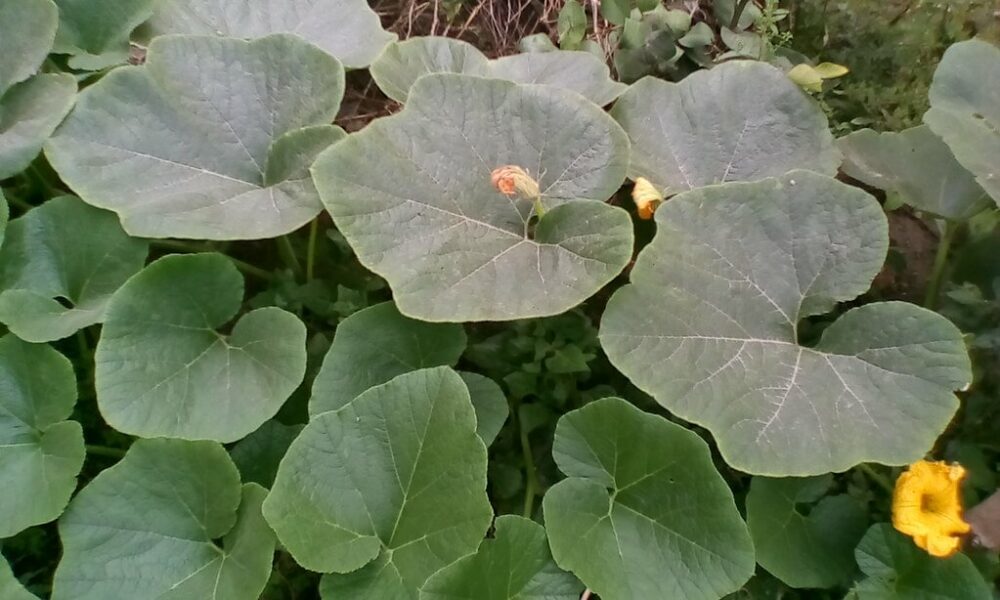
Characteristics Of Seminole Pumpkins
Seminole pumpkins are cucurbits which is to say they are members of the gourd family (Cucurbitaceae). Included in this family are squash, pumpkins, watermelons, and cantaloupe.
These plants are all characterized as vining, climbing, or trailing.
Seminole pumpkin vines can grow as long as 30 feet and are slightly hairy to the touch. They sprout ovate leaves that are soft, toothed, and between 6-12 inches long.
Their yellow flowers are funnel-shaped, five-lobed, and have a slightly crinkly feel.
Once cut, the flesh of these fruits (pumpkins) is firm and houses many flat, white seeds that can be cultivated, cooked, and eaten.
Perhaps the most notable characteristic of the Seminole pumpkin is its extraordinarily tough rind which helps protect the internal flesh and seeds from the elements. In some cases, the rind is so thick an ax or similar tool is required to cut it.
Cooking with Seminole Pumpkins
Seminole pumpkins have a variety of culinary uses and can be a direct substitute for butternut squash if needed.
In addition to eating the mature fruit, the younger, green fruits can also be eaten, as can the seeds and flowers.
Ripe fruit can be made into pies, added to soups or stews, or incorporated into bread.
Some of my favorite Seminole pumpkin recipes include:
The seeds can be eaten once roasted, and the flowers can be eaten raw, fried, stuffed, or sauteed.
Tribes native to the area often dried the Seminole pumpkin to preserve it for use later.
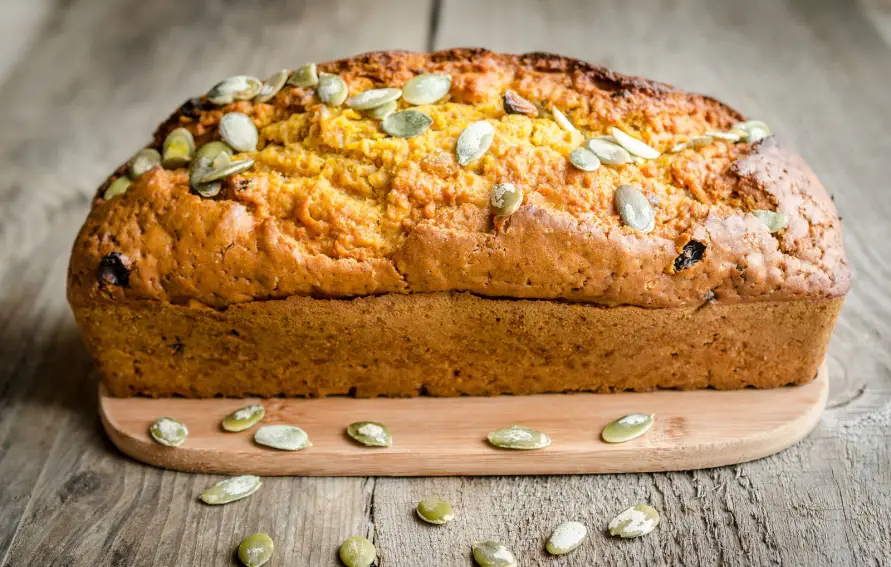
Planting Seminole Pumpkins
Seminole pumpkins are fairly easy to grow and maintain.
- Direct seeding in an area that will receive 6-8 hours of direct sunlight is recommended. This can be done nearly any time of year so long as the climate is temperate. Best results are typically found when planting in spring and summer.
- When planting, it’s important to consider space for growth. One plant can span 25-30 feet and produce many fruits.
- Trellises or other structures for climbing help preserve space and allow the most consistent growth of your pumpkin.
- These hardy pumpkins require very little maintenance once established. Applying fertilizer at the time of planting should be all that’s needed.
- Seminole pumpkins are not typically plagued by pests but can occasionally suffer from gummy stem blight or attract caterpillars that will dine on the leaves. Both of these are somewhat rare, however.
- Cross-pollination with other cucurbits nearby is a possibility. If that is not what you desire, be sure not to plant within a half mile from other cucurbit species.
- The female flowers of the Seminole are the producers of fruit. These flowers will have a rounder base than the male flowers. Although pollinators in the area should do the job, hand pollination can be practiced if needed.
- Seminoles are considered ripe and ready when the fruit is an orangish color. They can be picked and eaten while green as well.
- Once picked, your pumpkins can last for months if stored correctly. Place them in a cool, dry place and occasionally check to ensure there is not any rot.
- The vines themselves will keep producing fruit for weeks to come.
Lorin is a writer, photographer and nature enthusiast in Sacramento, CA. In addition to gardening, she makes a regular practice of forging for edible plants and flowers. Nature nourishes if you know where to look.

